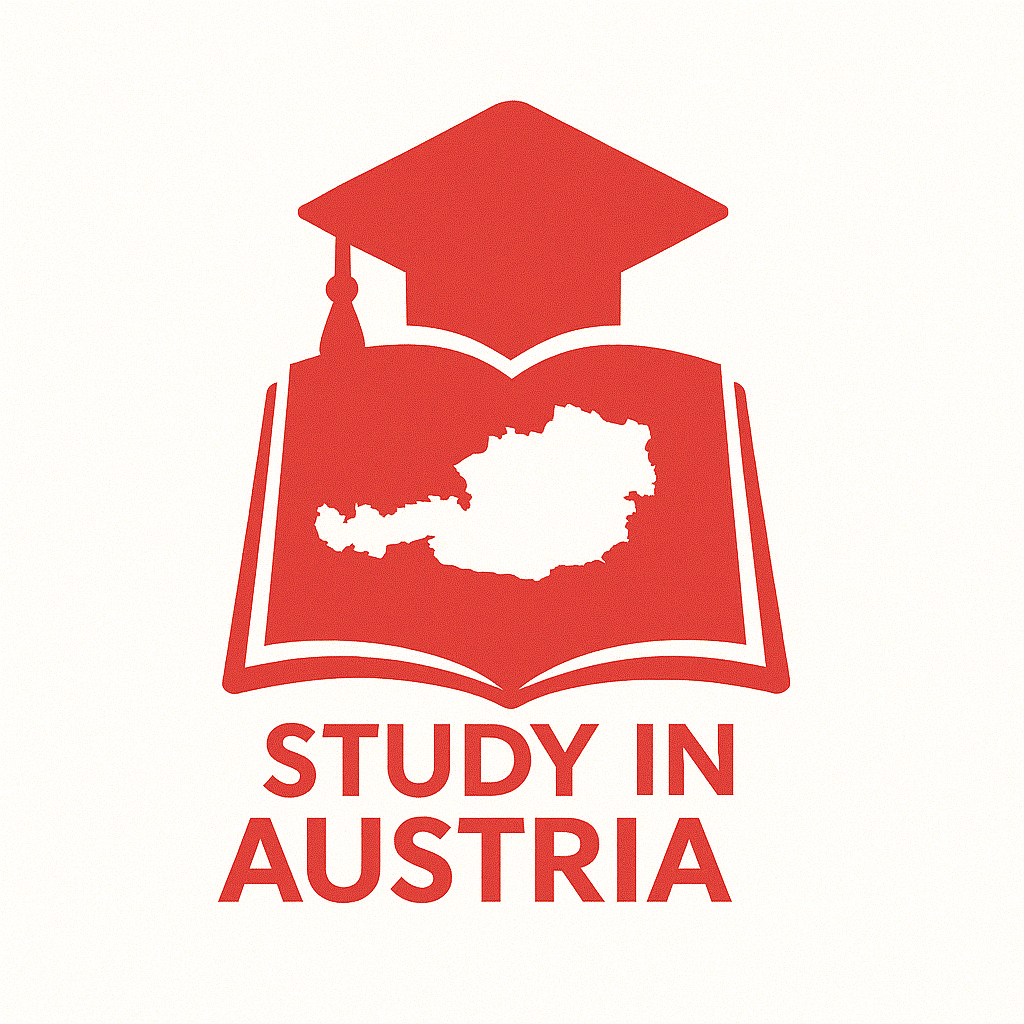Comparing Austria’s Public and Private Universities: What International Students Need to Know
Types of Higher Education Institutions in Austria
Austria boasts a well-structured higher education system consisting of various types of institutions that cater to diverse academic interests. The landscape includes:
- 23 Public Universities (öffentliche Universitäten)
- 21 Universities of Applied Sciences (Fachhochschulen)
- 17 Private Universities (Privatuniversitäten)
- 14 Teacher Education Colleges (Pädagogische Hochschulen)
This variety ensures that students can find programs tailored to their specific educational goals, whether they favor theoretical approaches or practical training.
Tuition Fees and Costs
Understanding the cost structure is essential for any international student considering studying in Austria.
Public Universities
Public universities in Austria are noted for their affordability. Tuition fees for EU and EEA students are primarily non-existent if they complete their studies within the designated duration. If students take longer than the standard duration, they incur a fee of approximately €363.36 per semester. For non-EU/EEA international students, tuition fees are about €726.72 per semester. This low cost of education makes public universities an attractive option for many.
Private Universities
In contrast, private universities set their tuition fees independently, which are typically much higher than those at public institutions. Annual fees can range from €3,000 to €23,000, depending on the program, with business studies often being on the higher end of the spectrum. Such costs must be factored into the decision-making process for prospective students.
Academic Focus and Teaching Approaches
Public Universities
Public universities generally emphasize theoretical knowledge and research-based education. They offer a comprehensive range of academic disciplines and have established robust research facilities. The focus is on developing critical thinking and analytical skills essential for academic and professional success.
Universities of Applied Sciences
In contrast, universities of applied sciences prioritize practical training and applied knowledge. These institutions prepare students directly for professional careers through internships and collaborations with industries, ensuring graduates possess the relevant skills demanded by employers.
Admission Requirements and Selection Process
Public Universities
Admission processes at public universities tend to be standardized, with many programs having open admissions for certain subjects. However, highly competitive fields such as medicine frequently require entrance examinations. This streamlined process allows broader access for applicants.
Private Universities
Private universities often utilize more selective and personalized admission methods. Prospective students may need to undergo interviews, submit portfolio reviews, or complete entrance examinations. These institutions generally maintain smaller class sizes, enhancing the potential for tailored educational experiences.
Student Demographics
Austria’s appeal as a study destination is amplified by its diverse student demographics. Currently, approximately 28.7% of all students in Austrian universities are from international backgrounds. This multicultural environment fosters cross-cultural exchange and enhances the academic experience for all students.
Location and Campus Life
The choice of study location can significantly influence the overall university experience. Austrian cities offer unique benefits:
Vienna
As the capital, Vienna hosts over 190,000 students and esteemed institutions like the University of Vienna, founded in 1365. Students enjoy comprehensive public transport options, with semester passes priced at just €75, alongside ample part-time employment opportunities in various sectors including finance, research, and the arts.
Graz
Graz, Austria’s second-largest city, is home to over 60,000 students, including students at respected institutions like Graz University of Technology and Karl-Franzens University. The cost of living here is notably lower—approximately 30% less than in Vienna—making it a favorable option for budget-conscious students seeking quality education.
Conclusion
Both public and private universities in Austria provide excellent educational opportunities, each catering to different needs and preferences. Public institutions are characterized by their affordability and research orientation, while private universities offer specialized programs and personalized education experiences.
With nearly 400,000 students enrolled in higher education institutions throughout Austria and around 55,000 graduations each year—about 2,100 of which are doctoral degrees—the Austrian higher education landscape remains an attractive destination for both local and international students.
At Study in Austria, we specialize in guiding international students through the complexities of studying in Austria, ensuring they find the institution that best fits their academic and personal aspirations. We encourage university admissions teams, international student recruiters, and education professionals to collaborate with us for a successful student recruitment strategy.
Take the Next Step with Study in Austria
Explore further how you can benefit from Austria’s diverse higher education landscape. Reach out to us at Study in Austria for guidance tailored to your educational aspirations.

